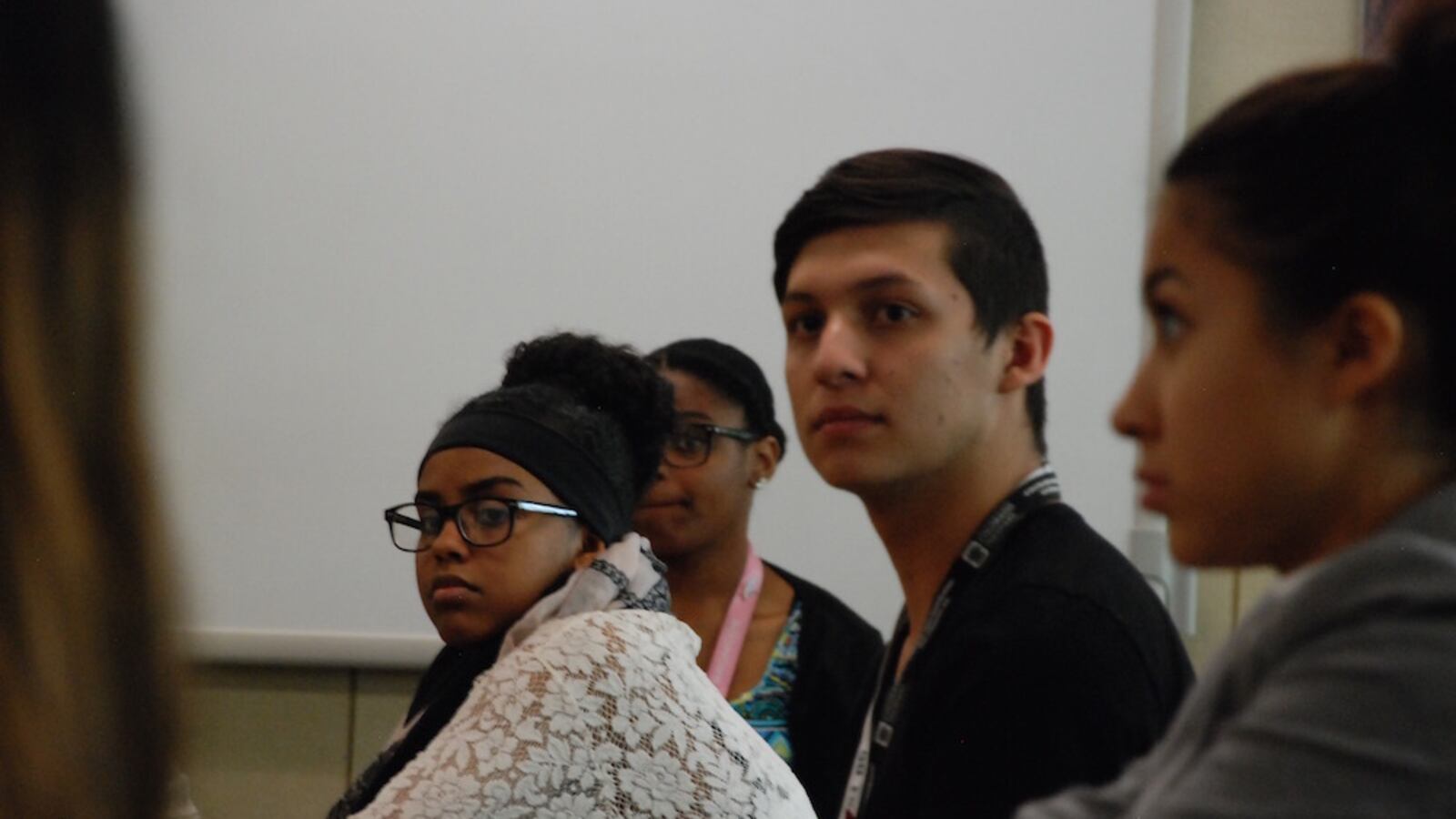A dozen Colorado schools face drastic changes after they failed to boost student learning enough during the last six years.
School quality ratings approved Thursday by the State Board of Education mean the schools face options that include closure, conversion to a charter school or a different direction under the state’s school innovation law.
The ratings are the first since the state switched in 2015 to the PARCC tests, which are designed to measure student learning in English and math. The ratings are also the first to be released since more families began opting their children out of the tests, driving down participation rates and complicating state officials’ efforts to determine the quality of schools.
The schools that failed to improve and now face state action are a mix of urban, suburban and rural. The schools are in communities ranging from Pueblo to Aurora to Aguilar.
Unlike school districts that have one more chance to appeal to the state board for a higher rating, schools are out of options.
The state board is expected to begin handing out sanctions in March. The least drastic option at the board’s disposal: to direct the district to apply for “innovation status,” which would give schools charter-like waivers from district policy and state law.
One of the first schools to appear before the board will be the multi-district online charter school, HOPE Online. This year, it earned the state’s second lowest rating.
“We’re pleased that we moved from the bottom, where we’ve been stuck since 2010,” said Heather O’Mara, the school’s leader. “We made really big changes in 2015 and 2016 and I think we saw the impact of that in this year’s data. The trends are positive.” But we continue to have to focus and improve.”
More than two-thirds of all Colorado schools received the state’s highest ratings.
Some 50 schools received no rating at all because there was not enough data available to assign a rating. Most of those schools saw large numbers of parents excuse their children from the test.
The ratings rely mostly on results from the PARCC English and math tests students in grades three through nine take each year. Other factors that contribute to a high school’s rating include how well high school juniors scored on the ACT and how many students graduate or drop out.
Under the system, which was created by state lawmakers in 2009, schools that fall in the bottom two categories have five years to improve or face sanctions. Because the change in assessments caused a gap in data, the state did not release ratings in 2015.
This year marks the first year the State Board of Education must take action on schools that have not improved.
In previous years, the board has issued schools one of four ratings: “performance” being the highest and “turnaround” being the lowest. This year, in response to the state’s growing movement of parents opting their students out of state standardized tests, the department developed a sixth rating: “insufficient state data, low participation.”
The state is also labeling schools that had enough data to get ranked, but had fewer than 95 percent of students take the PARCC tests.
State and federal law require schools to test 95 percent of their students in an effort to ensure schools don’t exclude groups of students such as English language learners or students with special needs.
However, state lawmakers, reacting to pressure from parents and activists, tweaked the law in 2015: Students who are excused from the tests aren’t counted as either participants or nonparticipants. As a result, the state changed the way it calculates a district’s participation rate so districts are only held responsible for testing students who are not excused by their parents.
The board approved the ratings on a 5-1 vote. Board member Steve Durham, a Colorado Springs Republican, was absent.
Board member Val Flores, a Denver Democrat, did not accept the ratings because the state lowered the ratings of 50 schools at the request of Denver Public Schools. The school district has its own rating system and wanted the state’s ratings to match the district’s.
“What does that do to the state’s accountability system when a district does that?” she said. “They have a right; I understand that. But is it fair, especially in a district that tends to close schools?”

